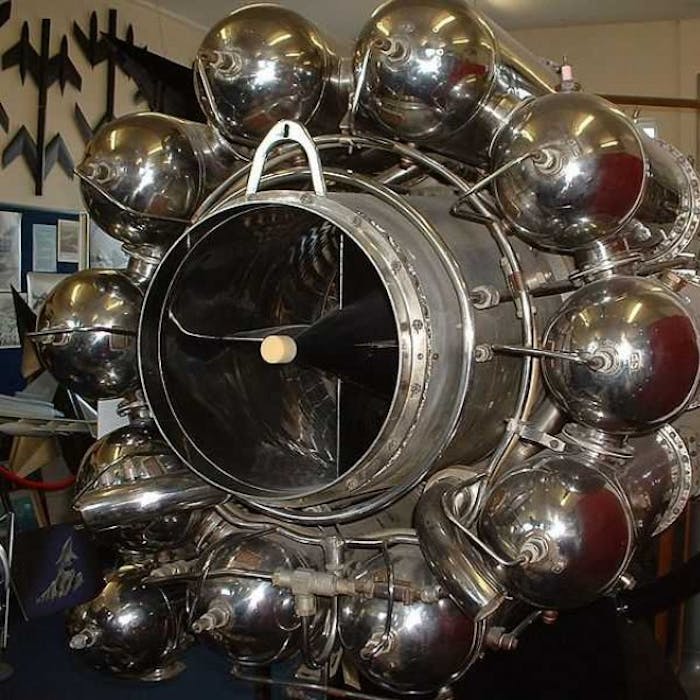
The jet age - begun by Frank Whittle
The invention of the jet engine revolutionised aviation. It began in Britain under military sponsorship in the 1930s and ’40s, all building on the original imaginative work by Royal Air Force airman Frank Whittle. Though it hardly featured in the Second World War, thereafter the technology began to become the key element of both civilian and military aviation.
Determined to become a pilot for the Royal Air Force, it was whilst writing his thesis at the RAF College Cranwell that Frank Whittle further developed his earlier thinking about the fundamental concept of the turbojet engine that he'd begun as early as 1928..
Whittle filed his first patent for the jet engine in January 1930, after working on the idea of combining gas turbines and jet propulsion at Cranwell. Surprisingly, the Air Ministry showed no official interest in the patent, and allowed international publication.
After some tinkering, he was awarded his first patent for it in 1932. He spent a few more years actually building one, with the first running example being completed in 1937. In 1936, Whittle had received enough private backing to start Power Jets, the company that would develop his ideas. Leading aviation companies started their own research in this area, but only Whittle's design actually worked. A jet engine of Whittle's invention was first fitted to a specially built Gloster E. 28/39 airframe, and the plane's maiden flight took place on May 15, 1941.
However, development was not fast enough for practical wartime military deployment by the RAF, and the Air Ministry decided to share the knowledge with the USA. Although there was no material jet engine technology rolled out during the War, the Americans were quick to run with it thereafter.
As is often the case when an invention's time has come, Whittle should probably share his spot on the jet inventor podium with both French engineer Maxime Guillaume, and German Hans Von Ohain, who were working on similar concepts at more or less the same time in the 1930's.
Either way, by the late 20th century, commercial jet-engine technology had come to rival, and sometimes even lead, military technology in several areas of engine design, and virtually all piston-driven planes had been superseded by jets.
With their speed, commercial jet aircraft revolutionised world travel, opening up virtually every corner of the world to visitors from afar - and military ones to undertake hitherto unthinkable acts of warfare. Both developments have brought further radical consequences - both for good and ill.
Further reading
Links to external websites are not maintained by Bite Sized Britain. They are provided to give users access to additional information. Bite Sized Britain is not responsible for the content of these external websites.
